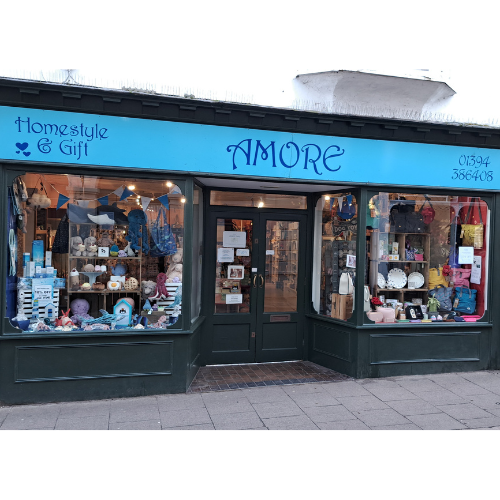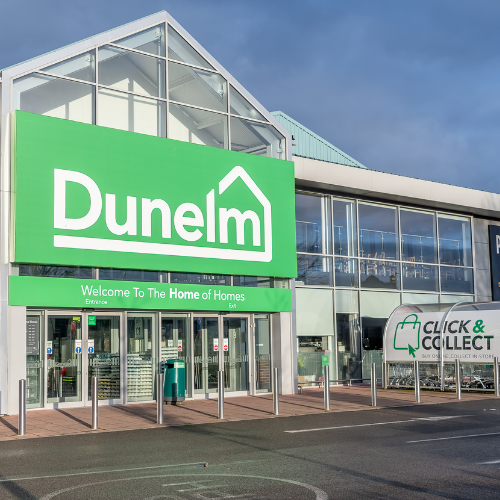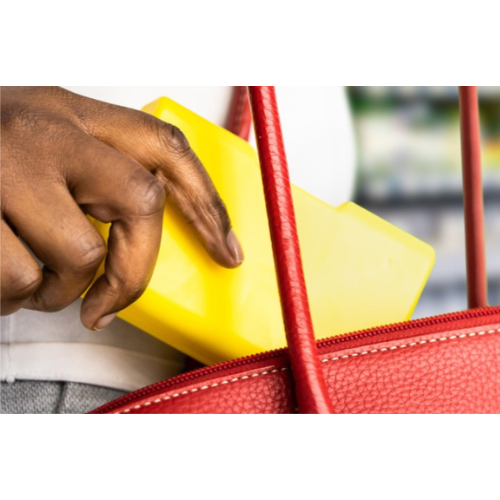At first glance, the Office of National Statistics (ONS) figures, published at the end of last week, showed that in July, retail sales rose above pre-pandemic levels for the first time, suggesting that high street retail has been on an upward trajectory post lockdown. But analysts point to a widening gap between online and bricks and mortar, with growth being driven by food and the rapid acceleration of more people shopping online.

Andrew Goodacre, ceo of the British Independent Retailers Association (Bira), is among those who firmly believes that high street retail remains “under considerable pressure”. “It is wrong to say that we are returning to normal,” he states, citing the 7,000 + job losses announced by M&S last week with the beleaguered retailer now set to substantially invest in its online business. This follows John Lewis’ recent axing of 1,300 staff with eight stores remaining permanently closed.
“Footfall is still 30-40% down on normal levels – depending on location – and clothing and footwear sales are down 15% and 25% respectively. Yet, online sales, non-food, were 50% of total retail sales in June, an increase of 10% compared to May, even though shops opened,” highlights Andrew. “We need to look at all the figures behind the headlines because growth is being driven by food and online purchases.”
He continues: “With third quarter rents due at the end of September we are concerned that many independent retailers will struggle to make their business model work. Twenty per cent could not pay rent in June and could face business closure in the Autumn.”






















